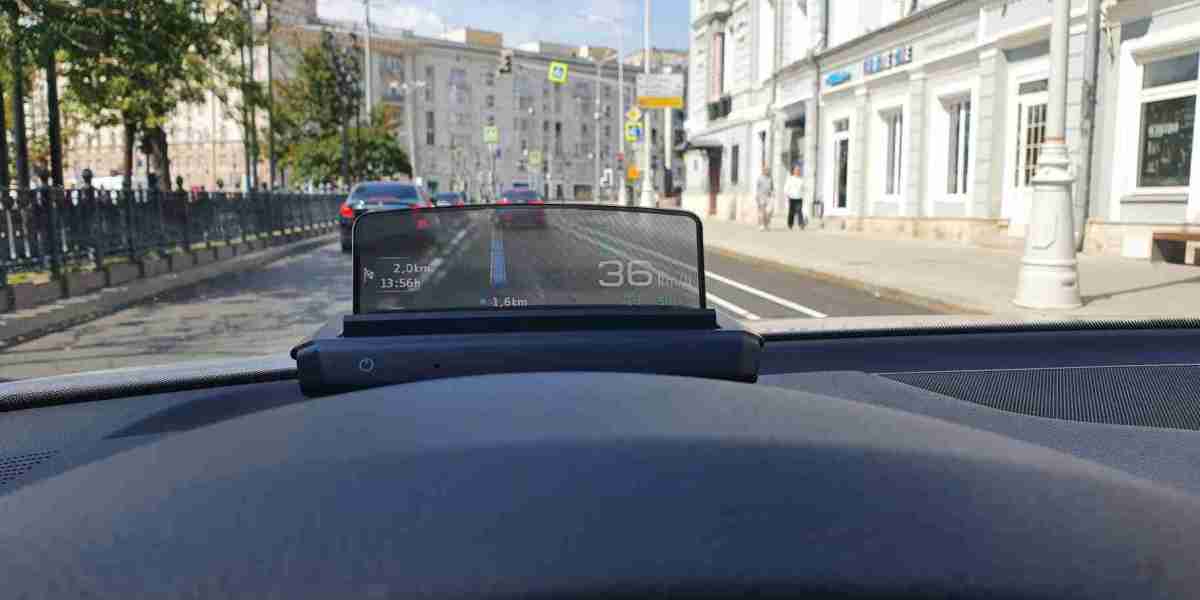Introduction
The Head-Up Display market has evolved into a highly competitive and innovation-driven space. With growing adoption in the automotive, aviation, and consumer electronics sectors, leading companies are racing to introduce advanced technologies, expand their global footprint, and secure partnerships that give them a competitive edge. This article offers an in-depth look at the current HUD market landscape, the key players, and their strategic initiatives shaping the future of this dynamic industry.
Market Overview
The global HUD market is projected to surpass USD 12 billion by 2030, driven by:
Increasing demand for driver and pilot safety systems
Technological advancements in AR, AI, and optics
Growing applications in electric vehicles (EVs), autonomous cars, and aviation
As HUDs become more intelligent, immersive, and accessible, companies are shifting strategies from hardware-focused development to integrated, software-powered solutions.
Key Players in the HUD Market
Here are some of the major players dominating the HUD space and the strategies they're employing:
1. Continental AG
Focus: Automotive AR HUDs
Strategic Moves:
Developed windscreen-wide AR HUDs, capable of projecting dynamic driving information across a large field of view.
Investing in HMI (Human-Machine Interface) technologies to improve driver interaction and reduce cognitive load.
Formed partnerships with global OEMs, including BMW and Hyundai, for mass deployment in electric and luxury vehicles.
2. Denso Corporation
Focus: Compact, cost-effective HUD systems
Strategic Moves:
Supplies mini HUDs to a wide range of mid-range vehicles, helping scale HUD adoption.
Expanding R&D in Japan and North America to tailor HUD features to regional markets.
Collaborating with Toyota and Mazda for next-gen HUD integration in hybrid and electric models.
3. Panasonic Automotive Systems
Focus: Advanced cockpit HUDs with AR integration
Strategic Moves:
Showcased large-area HUD prototypes with AR capabilities at global auto shows.
Integrating eye-tracking and gesture control into their HUDs to enhance user interaction.
Strengthening ties with EV manufacturers and infotainment system providers.
4. BAE Systems
Focus: Military and commercial aviation HUDs
Strategic Moves:
Leading developer of helmet-mounted displays and AR HUDs for fighter jets.
Expanding into commercial aerospace with HUDs that enhance pilot vision in poor visibility.
Leveraging government contracts and defense partnerships for continuous innovation.
5. WayRay
Focus: Holographic AR HUDs
Strategic Moves:
Pioneered the first true holographic AR HUD with deep projection capabilities and minimal hardware footprint.
Secured investment from Porsche, Hyundai, and Alibaba, signaling confidence in its long-term growth.
Targeting premium EV and autonomous vehicle markets with futuristic in-cabin display systems.
6. Visteon Corporation
Focus: Smart dashboards and HUDs for digital cockpits
Strategic Moves:
Offering modular HUD solutions to adapt to OEM needs across budget segments.
Investing in software development and cloud-connected HUDs for over-the-air updates.
Collaborating with Tier 1 suppliers for integrated cockpit displays.
Emerging Players and Startups to Watch
Several startups are bringing fresh ideas and disruptive technologies into the HUD ecosystem:
Envisics – Specializing in dynamic holographic HUDs, partnering with GM and Jaguar Land Rover.
EyeLights – Known for motorcycle and wearable HUDs, catering to the growing consumer AR segment.
Hudway – Offers aftermarket HUD devices that transform smartphones into projection systems.
These innovators are pushing the boundaries of affordability, portability, and user customization.
Strategic Trends in the HUD Market
1. Partnerships with OEMs and Tech Firms
HUD manufacturers are increasingly forming alliances with carmakers, AR companies, and cloud service providers to co-develop smart cockpit ecosystems.
2. Software as a Differentiator
With hardware becoming more standardized, software UX, customization, and data integration are emerging as key differentiators.
3. Regional Expansion
Players are expanding into Asia-Pacific, North America, and Europe, where consumer demand, EV adoption, and regulatory push for safety features are strongest.
Conclusion
The Head-Up Display market landscape is defined by technological innovation, strategic partnerships, and fierce competition. As demand surges across industries, key players are differentiating through AR integration, modularity, and user-centric design. Whether in a jet cockpit, car windshield, or smart glasses, HUDs are rapidly becoming an essential component of the digital experience—driven by companies who dare to innovate.




